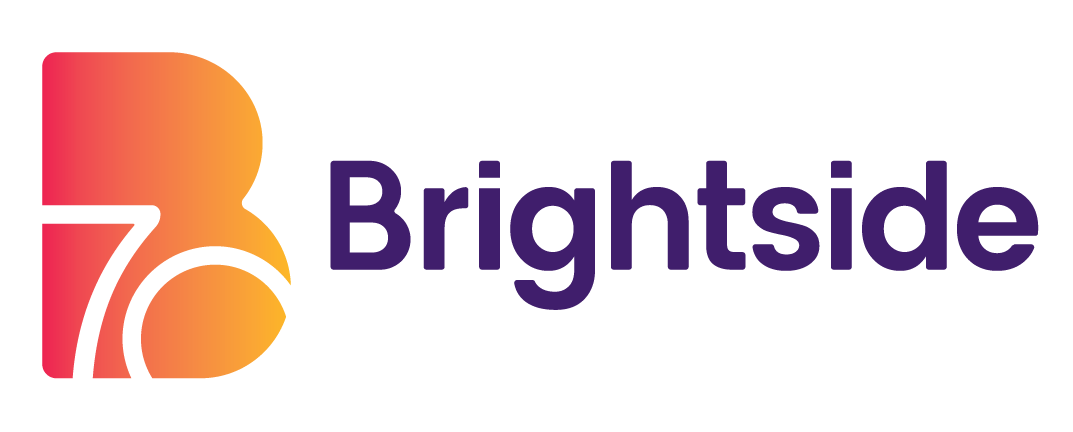With many decades of history behind us, Brightside has had the privilege of working with a great number of people and organizations over the years to get us to where we are today. With 26 buildings throughout Vancouver owned and operated by Brightside, we continue to build on the legacy of affordable homes as we continue to increase the number of affordable rental homes for Vancouver seniors, families, and people with disabilities.
The following is a timeline snapshot of our work since 1951.
1951
The Community Chest (now the United Way), and Council of Vancouver chaired by Dr. Gordon S. Fahrni, obtains commitments from various levels of government to assist with funding low-cost housing for senior citizens in the City of Vancouver.
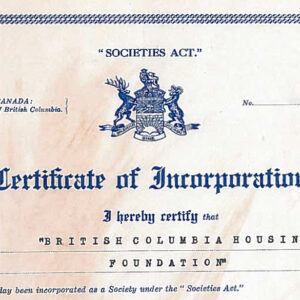
1952
The British Columbia Housing Foundation is incorporated as a provincial non-profit organization whose purpose is to plan, design, construct and manage low-cost housing for seniors.
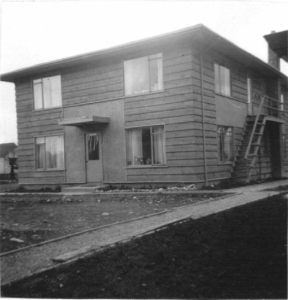
1953
The Coordinating Council of Lions Clubs and the Central Lions Club raise and donate $18,000 to the Foundation to purchase 3 acres of land and provide the capital for the first project. Two buildings were erected and the project was named Lions View.

1960
Completion of 12 additional buildings at Lions View.
1960
Lions Clubs donates seed money to purchase land to build Edward Byers House.

1962
Edward Byers House opens.
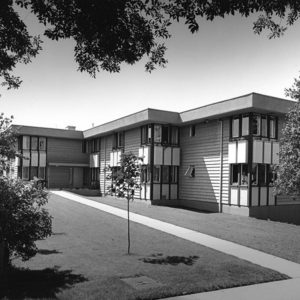
1965
Wallace Wilson House opens thanks to funding from an anonymous donor.
1967
With the donation of land from the Burrard Lions Club, Burrard Manor is developed and opens.
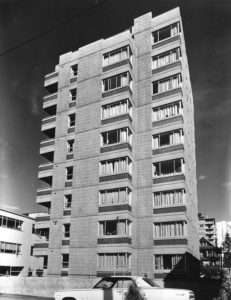
1969
Our first high rise, in the West End, opens and is named after the Housing Foundation’s founder, Gordon Fahrni House.
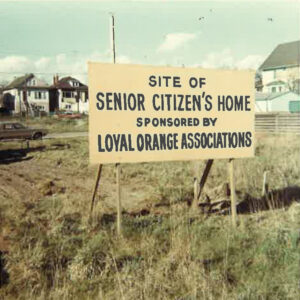
1971
The Ladies of the Loyal Orange Lodge initiated the development of the Loyal Orange Manor.
1971
A joint venture between the Soroptomist Club and the Lions Club resulted in the construction of the Soroptimist Lions Manor.
1973
A project for the Western Institute of the Deaf, with support and initial funding by the King’s Daughters group, led to the opening of King’s Daughters Manor.
1974
Moreland Kennedy House is built with seed money and land from the Kitsilano United Church.
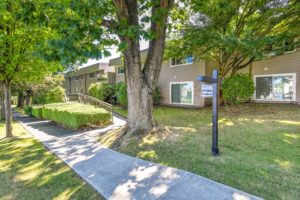
1977
Alice Saunders House opens.
1987
Negotiations begin with the municipal, provincial and federal governments to redevelop the original, and aging, Lions View buildings
1992
The partnership with the B.C. and federal governments sees the development of Wilson Heights Manor on land leased from the Wilson Heights United Church and an expansion of the Foundation’s mandate to include families and people with disabilities.
1993
A partnership with Concord Pacific facilitated the development of Bridgeview Place, accommodating both seniors and families.
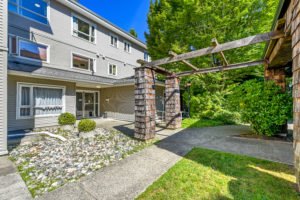
1993
Lions View Building I opens.

1994
Lions View Building II opens.
1994
The First Lutheran Church donated land to build a family housing project and daycare space called the First Lutheran Court.

1995
Lions View Building III opens. Using partial proceeds from the sale of part of the three-acre Lions View land, this building is developed without government support so the property can house seniors who do not qualify for low-income government subsidized housing. Lower income seniors can access the SAFER grant.
1997
The Housing Foundation of BC (HFBC) pays out all of the CMHC mortgages on its original properties built between 1962 and 1977, allowing the Foundation to move tenants to a rent-geared-to-income rent structure that created a surplus operating balance. This was used to create and to maintain the New Sites and Redevelopment Fund.
1998
Land leased from the City of Vancouver allows the development of Muir Manor, a family housing project.
1999
The Foundation purchased a market rental building, Harwood Manor with its own New Sites and Redevelopment Fund and a $1.7 million mortgage. As tenants moved out, units were converted to rent-geared-to-income suites for seniors.
1999
Coleopy Park was redeveloped in 1993 by its original owners, the BC Corp of Commissionaires. As this was their only housing project and not their core business, ownership was transferred to HFBC.
2000
Florence Manor was purchased by the Foundation with funds from its New Sites and Redevelopment Fund and converted units to rent-controlled suites for seniors as the market tenants moved out.
2001
Glynn Manor was opened on land leased from the City of Vancouver to provide housing to younger people with barriers to employment.
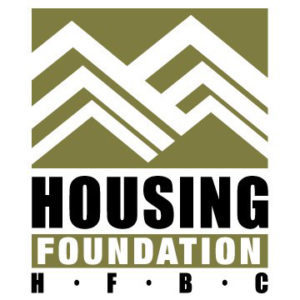
2002
British Columbia Housing Foundation changes name to HFBC Housing Foundation in January, 2002.
2005
Arbutus Court was purchased with funds from the New Sites and Redevelopment Fund and a mortgage. The building has been converted to rent-controlled housing as market tenants move out
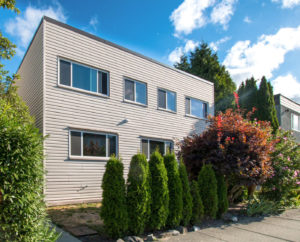
2006
Ken Wright Manor was purchased with funds from the New Sites and Redevelopment Fund and a mortgage. The building has been converted to rent-controlled housing as market tenants move out.
2006
Magnolo Manor was purchased with funds from the New Sites and Redevelopment Fund and a mortgage. The building has been converted to rent-controlled housing as market tenants move out.
2008
Londonderry was purchased with funds from the New Sites and Redevelopment Fund, a mortgage was acquired and grants totaling $250,000 were received from the City of Vancouver and the Province.
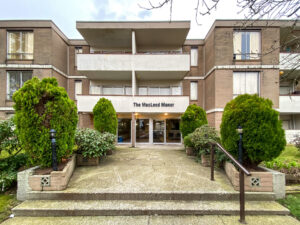
2013
The Foundation purchased a 46-unit apartment building. The Board of Directors agreed that the building would be named MacLeod Manor in honour of then Executive Director, Barbara (MacLeod) Bacon.
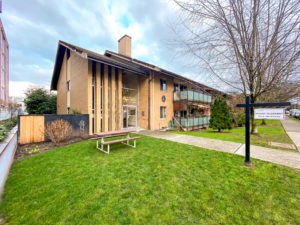
2013
HFBC was asked to manage the Mount Pleasant apartments, previously owned by the Mount Pleasant Housing Society and operated by the Mount Pleasant Lions Club.
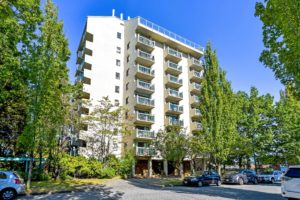
2013
Collingwood Tower, a 78-unit high rise built in 1977, was previously operated as affordable housing by the J.W. Smith Foundation until it was transferred to HFBC in 2013. Located on leased land owned by the Provincial Rental Housing Corporation, HFBC was able to purchase the land as well.
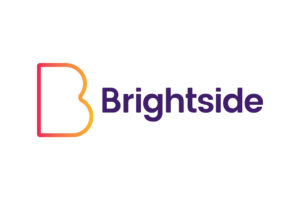
2017
With the same mandate but much larger community impact, including families and people with disabilities, the organization rebranded as Brightside Community Homes Foundation to better reflect its mission.
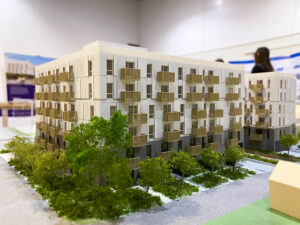
2020
Brightside receives unanimous approval from Vancouver City Council for rezoning application at 1425/1451 East 12th Avenue.
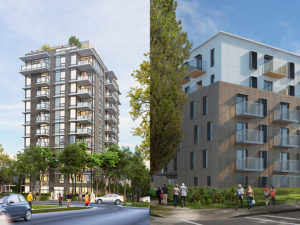
2020
Brightside receives unanimous approval at Public Hearing for the redevelopment proposal at 2924 Venables in Hastings-Sunrise, followed by another approval for the 349 E 6th Ave development proposal in Mount Pleasant.
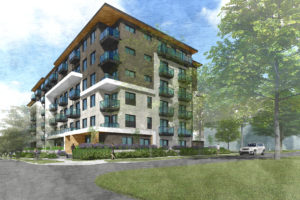
2021
Brightside receives unanimous approval for 8725 French Street in Marpole – the fourth of four approvals at public hearings in under 12 months.
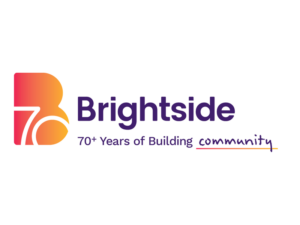
2022
Brightside commemorates 70 years of providing affordable homes.
2023
Brightside selected as the operator for the social housing component at 95 Nelson Street (formerly 990 Beatty St.). Once complete, in the project will add 283 net new affordable homes in the False Creek community of Vancouver, as well as a new daycare facility and firehall.
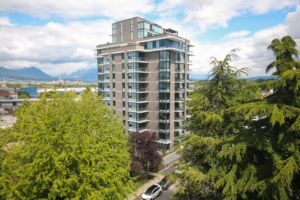
2024
Brightside opens The Aster in the Mount Pleasant community of Vancouver. The Aster is funded through BC Housing’s CHF program and provides 82 affordable studio, one, two, and three bedroom homes.
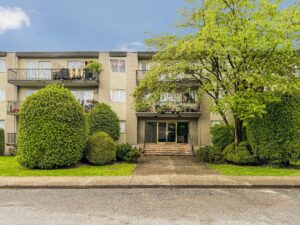
2024
Casa Mia, a 56-home apartment building in Burnaby, purchased in March by Brightside through the Rental Protection Fund.
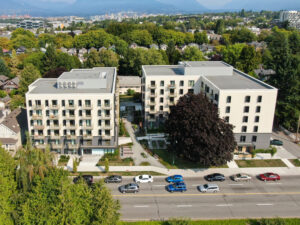
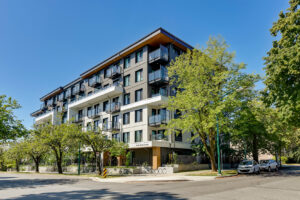
2024
Brightside opens The Hawthorn in the Marpole community in Vancouver. Situated very close to the historically significant Musqueam settlement of c̓əsnaʔəm, The Hawthorn prioritizes up to 30% of the 100 studio, one, two, and three bedroom homes for Musqueam community members through a memorandum of understanding between Musqueam Indian Band and Brightside.
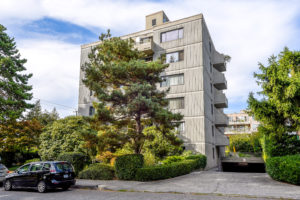
2025
Brightside Kicks Off Portfolio-wide Net Zero Retrofit Initiative at Moreland Kennedy House in the Kitsilano Community of Vancouver.
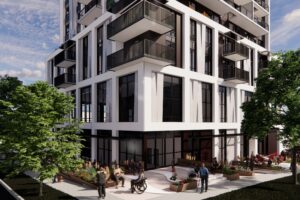
2025
Vancouver City Council unanimously approves rezoning application for Brightside’s proposed 2079-2085 West 5th Avenue redevelopment in the Kitsilano Neighbourhood of Vancouver.
